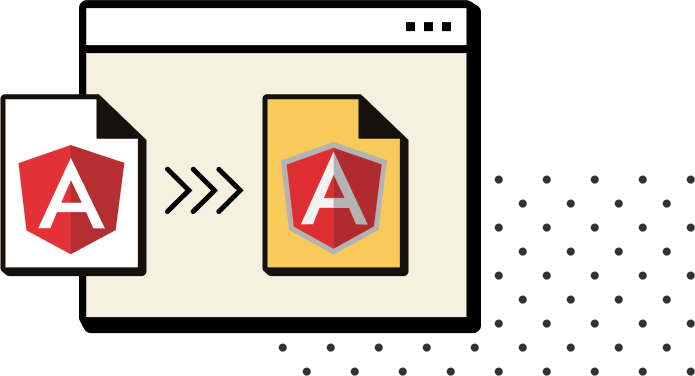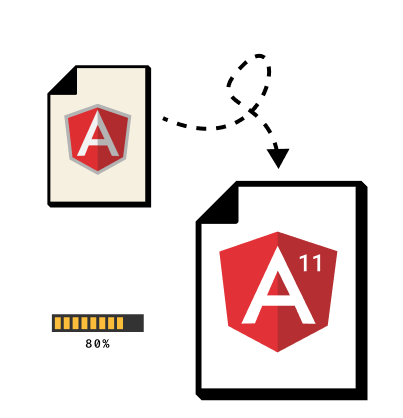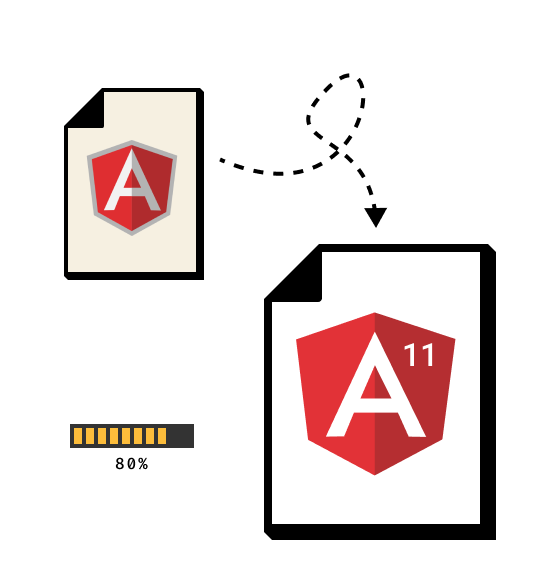Map a Multi-tenant SaaS Architecture to the New Conditions
As the app consisted of 3 levels: client sites, admin dashboards, and global admin dashboard, we decided to prioritize migration efforts (app’s logic, components, modules) based on the business requirements. In the first instance, we worked on client sites migrating them incrementally, and then, switched to admin parts.
Whereas the user experience was of utmost importance for the client, our team enabled customers to "skitter" across the old and new versions. Also, the tenants were able to change themes and widgets however they wanted.






